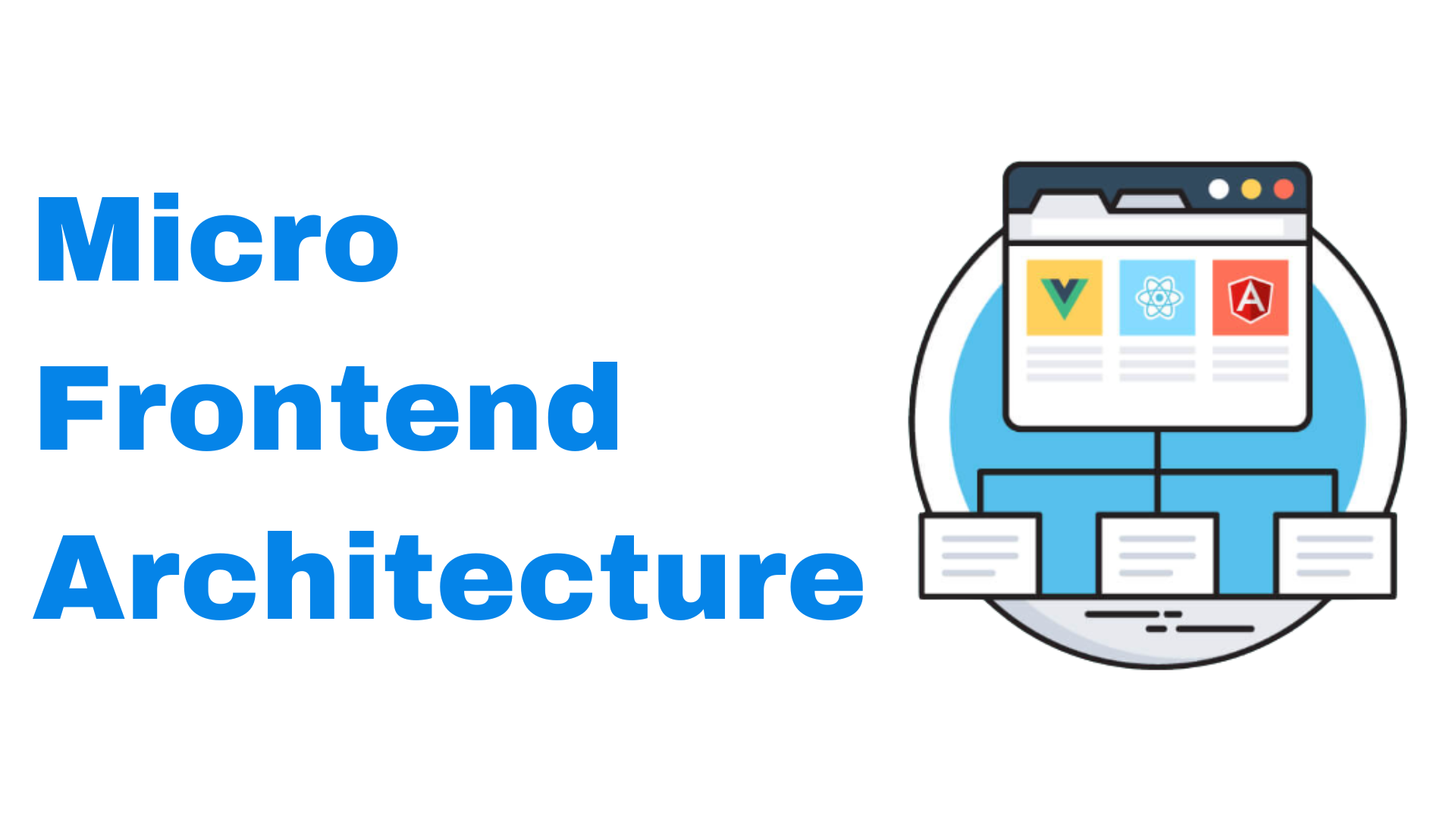Micro Frontend Architecture
Micro frontend architecture is a software development approach that involves breaking down a traditional monolithic frontend application into smaller, independent components that can be developed, deployed, and maintained separately. This approach offers a number of benefits, including increased modularity, flexibility, scalability, and development velocity.
At its core, micro frontend architecture is based on the idea of microservices, which involve decomposing a large, complex application into smaller, more manageable pieces that can be developed and deployed independently. In the context of frontend development, this means breaking down a traditional monolithic frontend application into smaller, self-contained units called micro frontends.
One of the key benefits of micro frontend architecture is increased modularity. By dividing a frontend application into smaller, independent components, it becomes easier to isolate and address specific functionality or features. This modularity also makes it easier to reuse components across different applications, reducing duplication and increasing efficiency.
Another benefit of micro frontend architecture is increased flexibility. Because micro frontends are independent units, they can be developed and deployed separately, allowing for more agile development and faster time to market. This flexibility also makes it easier to iterate on specific features or functionality without having to deploy a new version of the entire application.
Scalability is another key advantage of micro frontend architecture. Because micro frontends are self-contained units, they can be scaled independently of one another, making it easier to handle increased traffic or usage without impacting the entire application.
Finally, micro frontend architecture can lead to increased development velocity. By breaking down a frontend application into smaller, more manageable units, it becomes easier for teams to work in parallel and focus on specific areas of the application. This can help to reduce development times and improve overall efficiency.
There are a number of different ways to implement micro frontend architecture, including using iframes, webpack, and server-side rendering. Each approach has its own set of benefits and drawbacks, and the best approach will depend on the specific needs and goals of the project.
One common approach to implementing micro frontend architecture is to use iframes. This involves wrapping each micro frontend in an iframe and loading it separately on the page. While this approach is relatively simple to implement, it can have some downsides, including reduced performance and a lack of direct communication between micro frontends.
Another approach is to use webpack to build and deploy micro frontends. This involves using webpack to bundle each micro frontend into a standalone package that can be loaded separately on the page. This approach can offer improved performance and easier integration with other tools and libraries, but can also be more complex to set up and maintain.
Server-side rendering is another option for implementing micro frontend architecture. This involves rendering the micro frontends on the server before they are sent to the client, which can improve performance and reduce the load on the client-side. However, this approach can also be more complex to set up and maintain, and may not be suitable for all applications.
In conclusion, micro frontend architecture is a software development approach that involves breaking down a traditional monolithic frontend application into smaller, independent components. This approach offers a number of benefits, including increased modularity, flexibility, scalability, and development velocity. There are a number of different ways to implement micro frontend architecture, and the best approach will depend on the specific needs and goals of the project.
There are a number of different ways to implement micro frontend architecture in an Angular application. One approach is to use iframes to load the micro frontends separately on the page. This can be done by creating an iframe element and setting its “src” attribute to the URL of the micro frontend. For example:
1
2
<iframe src="/micro-frontend-1"></iframe>
<iframe src="/micro-frontend-2"></iframe>
Another approach is to use webpack to bundle the micro frontends into standalone packages that can be loaded separately on the page. This can be done using the Angular CLI and the “ng generate library” command to create a library for each micro frontend. The libraries can then be imported into the main application and added to the “imports” array in the root module. For example:
1
2
3
4
5
6
7
8
9
10
11
import { MicroFrontend1Module } from '@micro-frontend-1/micro-frontend-1';
import { MicroFrontend2Module } from '@micro-frontend-2/micro-frontend-2';
@NgModule({
imports: [
MicroFrontend1Module,
MicroFrontend2Module,
],
// ...
})
export class AppModule { }
Server-side rendering is another option for implementing micro frontend architecture in an Angular application. This can be done using the Angular Universal library, which allows you to render Angular applications on the server. To use server-side rendering with micro frontends, you would need to create a separate server-side application for each micro frontend, and then combine the rendered HTML on the server before sending it to the client.
It’s worth noting that micro frontend architecture can be a complex topic, and there are many different factors to consider when implementing it in an Angular application. It’s important to carefully evaluate the specific needs and goals of your project before choosing the best approach.
